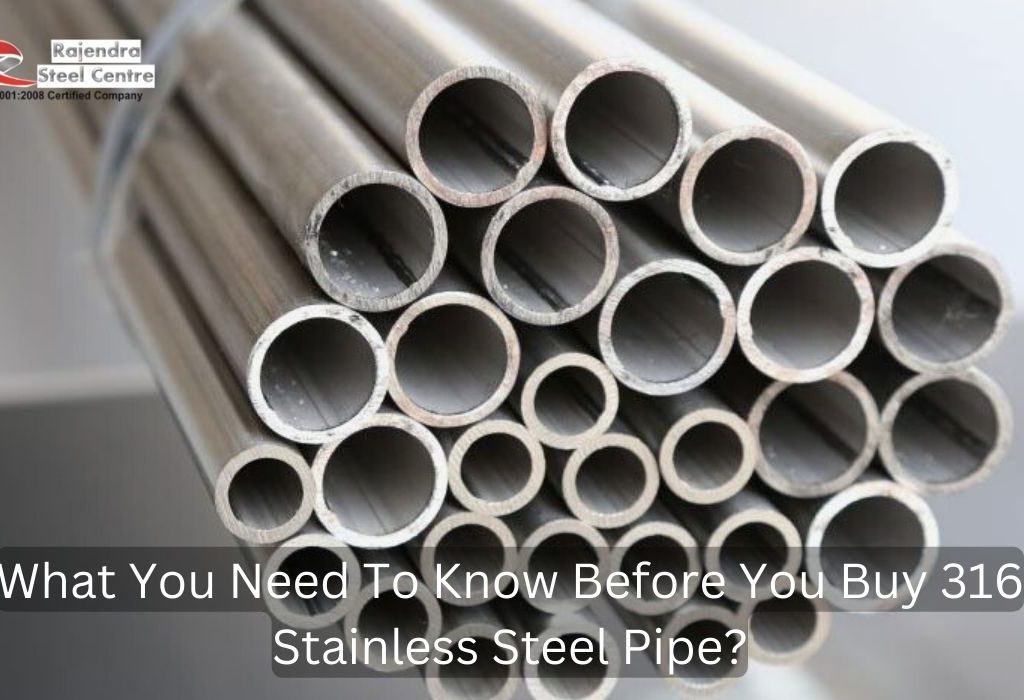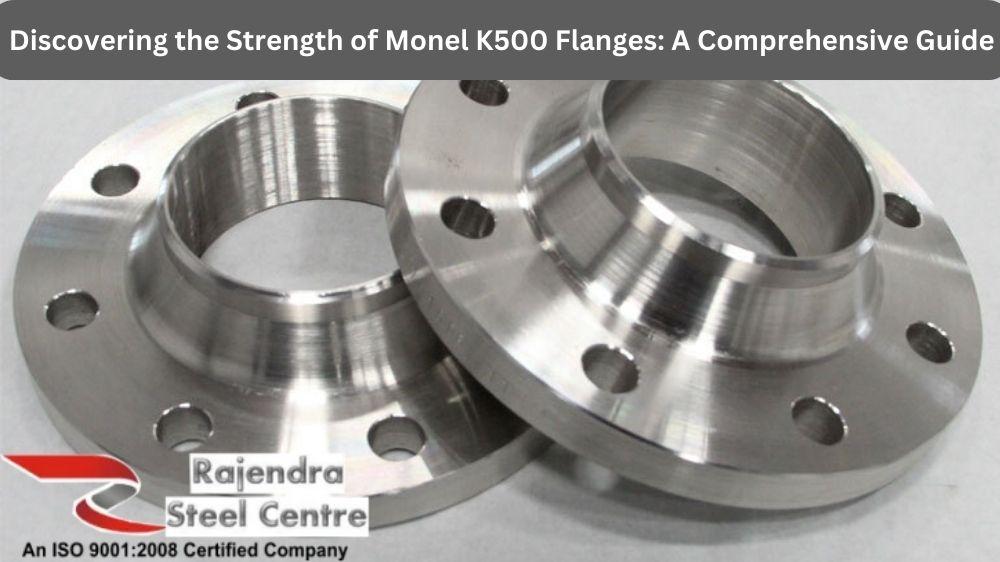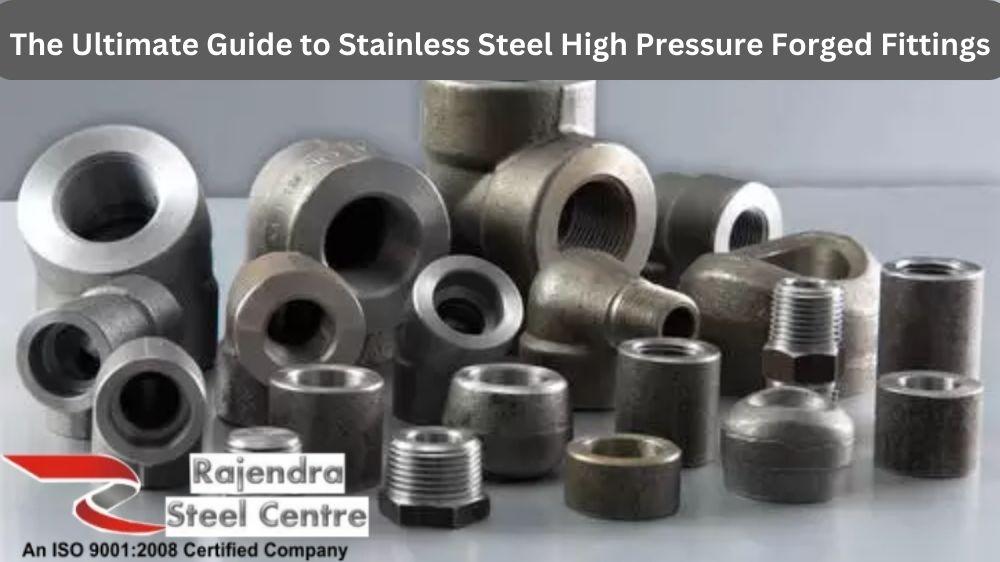The corrosion, rusting, and staining of stainless steel 316 pipe are less common than with other types of ordinary steel. For this reason, 316 Stainless Steel Pipes are used by the majority of corporations. Stainless steel of the 316 grade is used in many of the tools and items of equipment. It is perfect for various applications due to its resistance to corrosion and stains. Many of its advantageous traits are especially well suited for the power and energy sector, from conventional coal-fired power plants to the most recent renewable energy technologies.
Points to Remember Before Choosing 316 Stainless Steel Pipe
- An austenitic chromium-nickel stainless steel alloy with molybdenum is known as Type 316 (UNS 31600). This additive enhances corrosion resistance, strengthens chloride ion solution resistance to pitting, and offers improved resistance to high temperatures.
- The only difference between Type 316 and Type 304’s characteristics is that Type 316 is a little more temperature resistant. Due to alloy 316’s stronger strength and faster solidification rate, which might negatively impact the shape, and 304 stainless steel’s higher molybdenum content, this material is frequently the best option for forming operations.
- Temperature changes can make modeling and shaping 316 difficult, even though those procedures are normally comparable to those of 304. For instance, when cold worked, the 316 alloys may magnetic. increased resistance to corrosion, particularly corrosion brought on by sulfate acids and alkali metal chlorides as well as corrosion induced by sulfuric, hydrochloride, acetic, formic, and tartaric acids.
- The inter granular corrosion resistance of 316 Stainless Steel Pipes with reduced carbon is higher.
Despite the fact that the stainless steel 304 alloy has a greater melting point, grade 316 stainless steel is better resistant to chemicals and iron salts. For applications requiring chlorinated solutions or exposure to salt, grade 316 stainless steel is regarded to be preferable.
Stainless steel 316 is susceptible to rust, yet it ages more slowly than other materials. 316 stainless steel rusts over an extended length of time. The corrosion resistance and high-temperature resistance of 316 stainless steel specifications have not been greatly improved by any element.
The steel has good atmospheric corrosion resistance in contaminated marine atmospheres due to the decreased rate of general corrosion in mildly corrosive conditions.
The most common areas that use 316 stainless steel pipes are Chloride-containing areas, polluted marine environments, desalination, tanks, and containers for more aggressive corrosion liquids, and circumstances in the petrochemical, paper, and petroleum sectors. Additionally, due to its similar bending, torsional strength, and lightweight, it is frequently utilized in the production of engineering structures and mechanical parts. It is frequently employed as kitchenware and furniture.
Both a hydro static test and a non-destructive electric test must be performed on every stainless steel 316 pipe. The manufacturer will choose the test method to be employed unless the purchase order specifies something otherwise.






